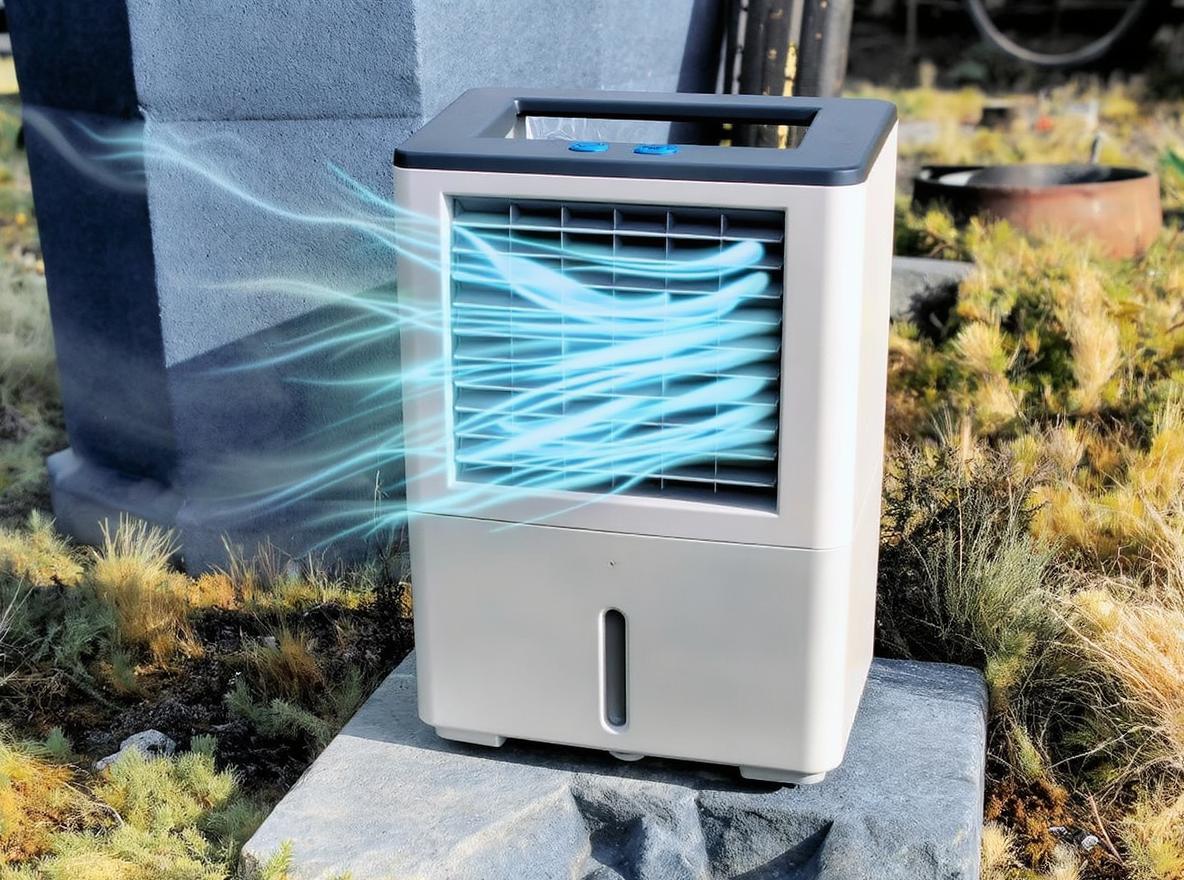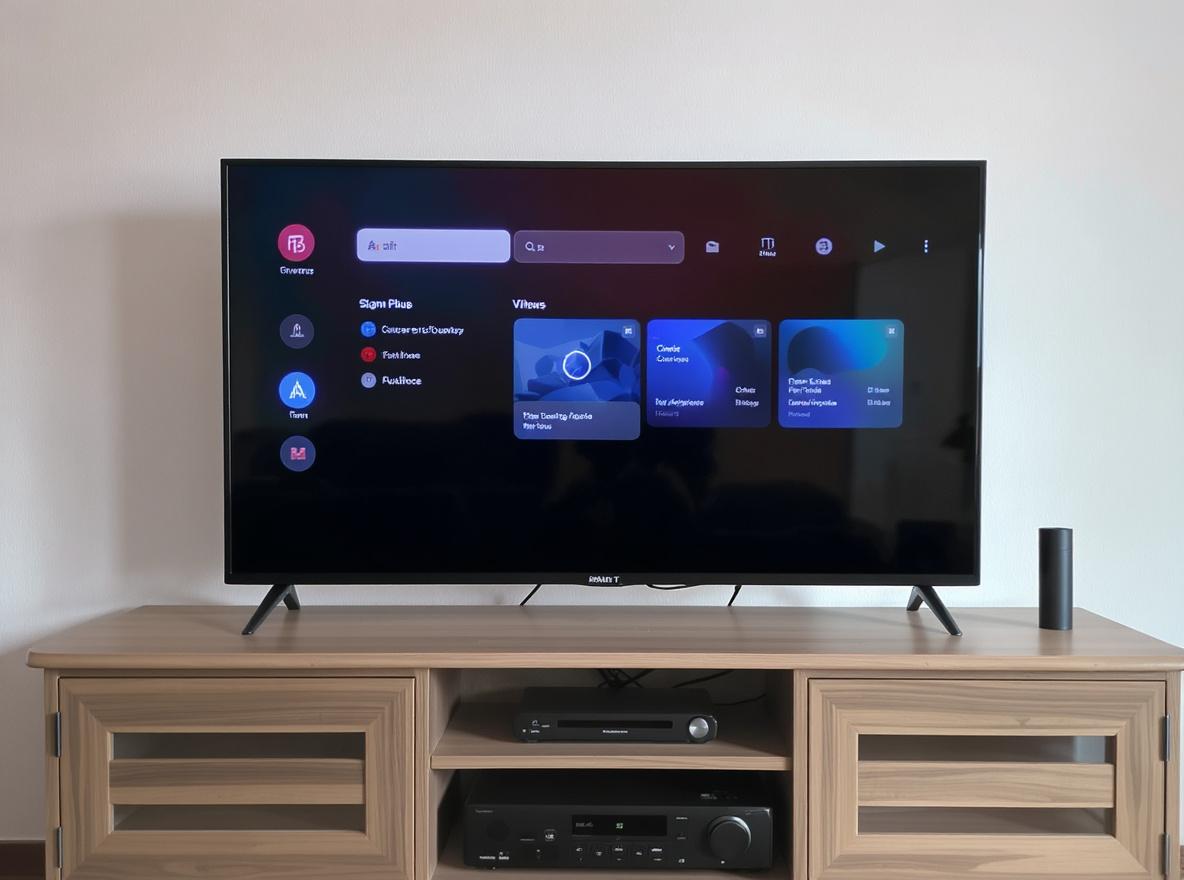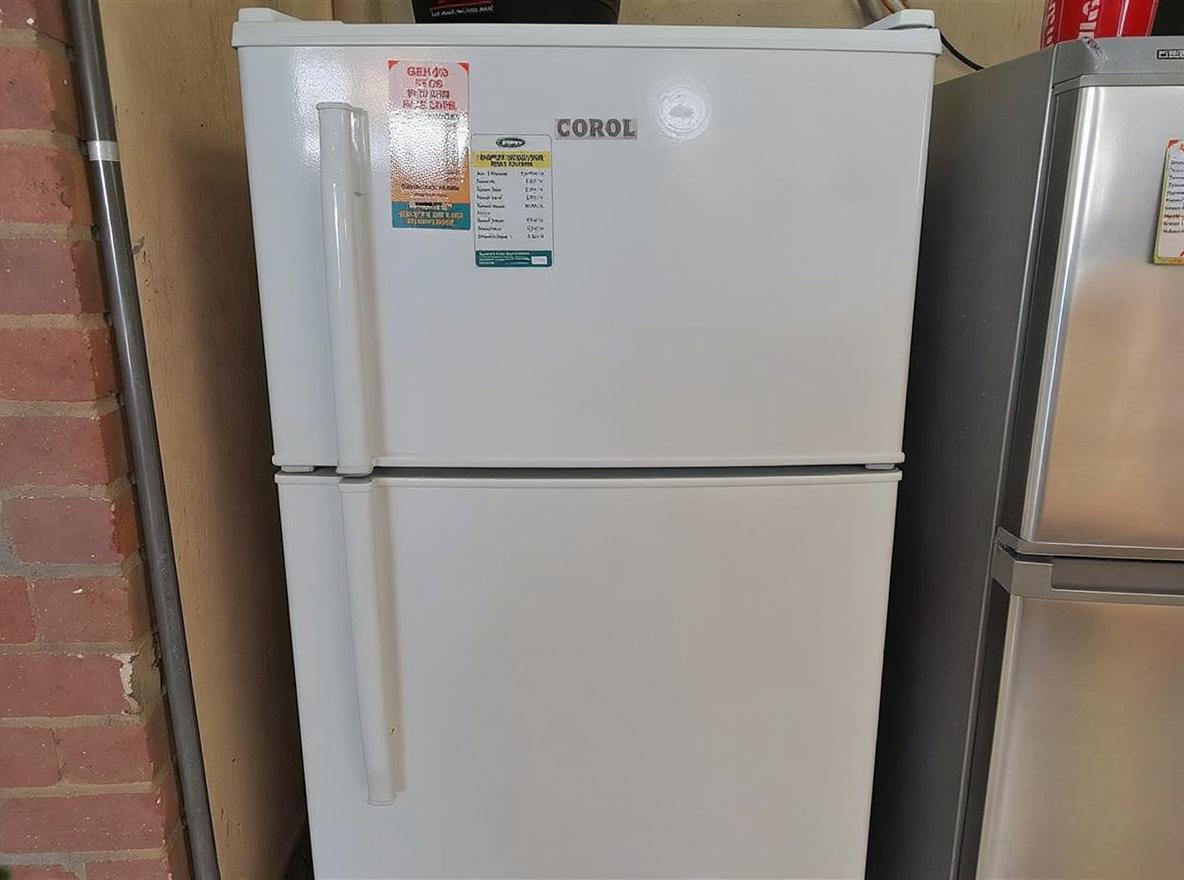Summer heatwaves can be unbearable, and the relief provided by air conditioners is often a necessity rather than a luxury. As you delve deeper into the world of portable cooling solutions, the price tag may surprise you, and understanding what drives these costs can help make a more informed purchasing decision.

Identifying Common Air Conditioner Problems
Portable air conditioners, despite their convenience and efficiency, can run into several common issues that may not only affect performance but also cost you more in the long run. One frequent problem is inadequate cooling, which can arise from inappropriate unit size relative to the room or maintenance issues. Over time, portable AC units might develop issues such as water leaks or noisy operation, diminishing their effectiveness and adding unexpected repair costs.
According to Common Issues with Portable Air Conditioners, many units face challenges like restricted airflow due to clogged filters, improper venting, or defective thermostats. Each of these problems can lead to increased utility bills and unpleasant indoor environments, making it imperative to consider both initial costs and long-term usability when purchasing a unit.
Affordable Air Conditioner: Dissecting the Cost
While portable air conditioners provide much-needed relief during hot months, potential buyers are often surprised by the costs associated with these units. Prices for portable ACs can range significantly based on features, capacity, and brand. Basic models with minimal features may start around $250-$300, but premium versions with advanced functionalities such as smart controls, better energy efficiency, and larger coolant capacity can surpass $700.
Moreover, the best unit for you depends significantly on your specific needs, such as room size and climate conditions. Investing in an expensive model might not seem appealing initially, but units with better energy ratings can lead to savings over time by reducing electricity consumption. Furthermore, using a poorly chosen unit could leave you with additional costs for auxiliary cooling methods, such as extra fans or even replacing the unit prematurely due to overwork.
Portable AC Unit: Choosing Wisely
Portable air conditioners are popular because of their portability, ease of installation, and relatively compact design compared to traditional systems. However, finding the right unit is about more than just the price tag. Consider the following aspects to maximize the value of your investment:
- Room Size: The British Thermal Unit (BTU) rating of a portable AC determines the size of the space it can efficiently cool. Buying a unit with too low of a BTU could result in insufficient cooling, while an unnecessarily high rating might spike your electricity bill.
- Energy Efficiency: Look for energy efficiency ratings like EER. Units with higher EER values typically consume less energy, decreasing long-term costs.
- Additional Features: Some units offer Wi-Fi connectivity, programmable timers, or dehumidifying functions. These extras could justify a higher upfront cost by providing better resource management and comfort customization.
For more insight into troubleshooting errors and ensuring optimal operation of your portable air conditioner, consider checking out 10 Common Portable Air Conditioner Error Codes and Portable Air Conditioner Not Cooling: 10 Easy Fixes You Can Try. These resources can help guide you in maintaining your unit's lifespan and performance.
In conclusion, while portable air conditioners can take the edge off brutal summer heat, potential buyers should prepare for a diverse range of costs influenced by numerous factors. Be sure to evaluate your specific needs against the available options to strike the perfect balance between investment and comfort. Understanding the hidden expenses, considering long-term efficiency, and performing periodic maintenance tasks can help ensure that your portable air conditioner is not only a worthy purchase but also a long-term asset, providing both relief and savings.


